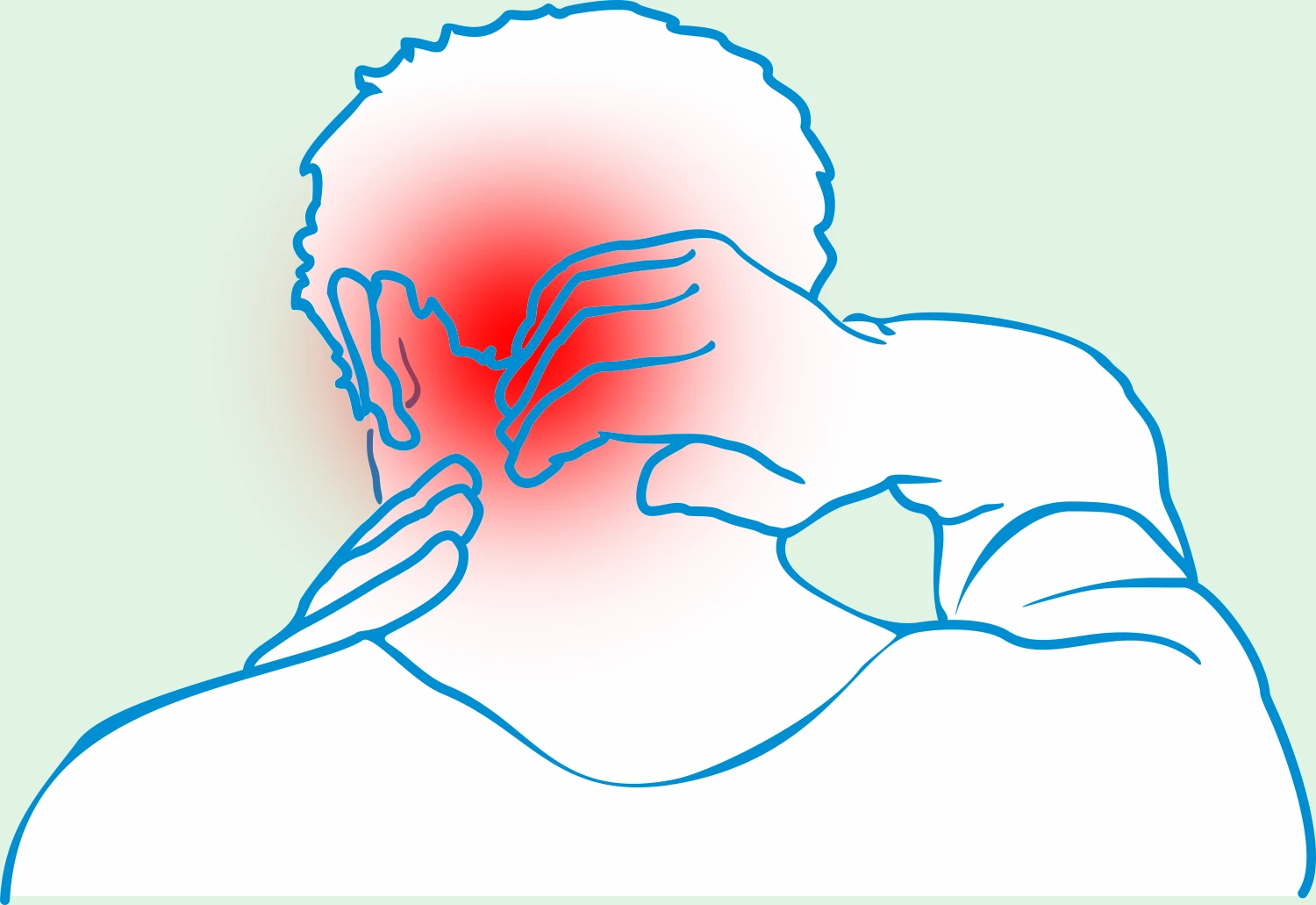To provide services at the highest level, we use cookies. Using the website requires you to choose settings related to their storage on your device. If you want to know what each type of cookie is used for, click the Details button below.
How to overcome pain in the back of the head?30 marca 2024 |

Pain at the back of the head can have many causes. It may be the result of tension, poor posture, migraines, or cervical spine ailments. Sometimes, it can also be a result of stress or eye fatigue. In extreme cases, it may indicate intracranial hemorrhage and stroke.
Most cases of pain at the back of the head are not a cause for concern and do not pose a danger. However, there are situations in which headache can signal a more serious problem. If the pain is sudden and intense, it is worth contacting a doctor. If other symptoms accompany it, such as vision disturbances, speech difficulties, or muscle weakness, immediate medical help should be sought.
The duration of pain at the back of the head can vary and depends on its cause. Tension headaches can last from several minutes to even a few days. Migraine headaches can persist for a few hours to three days. Chronic pain that lasts longer than a week requires medical consultation.
Treatment for pain at the back of the head depends on its cause. For tension headaches, over-the-counter pain relievers such as ibuprofen or paracetamol may help. Triptans are most commonly used for migraines. However, it is important not to exceed recommended doses and not to use them long-term without consulting a doctor. Only a doctor can recommend other effective treatment methods or prescription medications.
Choosing the right pillow can significantly affect sleep comfort and reduce pain at the back of the head. Therefore, it is advisable to choose anatomical orthopedic pillows that support the natural curvature of the neck and ensure proper head alignment relative to the spine. Traditional sleeping pillows or wave-shaped pillows, which are not adapted to the body's shape, should be avoided. The ideal pillow should be adapted to the position in which you sleep, as well as to individual preferences and needs. Body build is also taken into consideration.